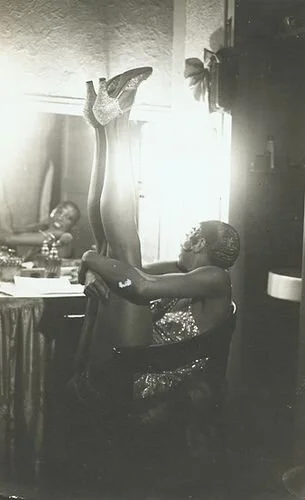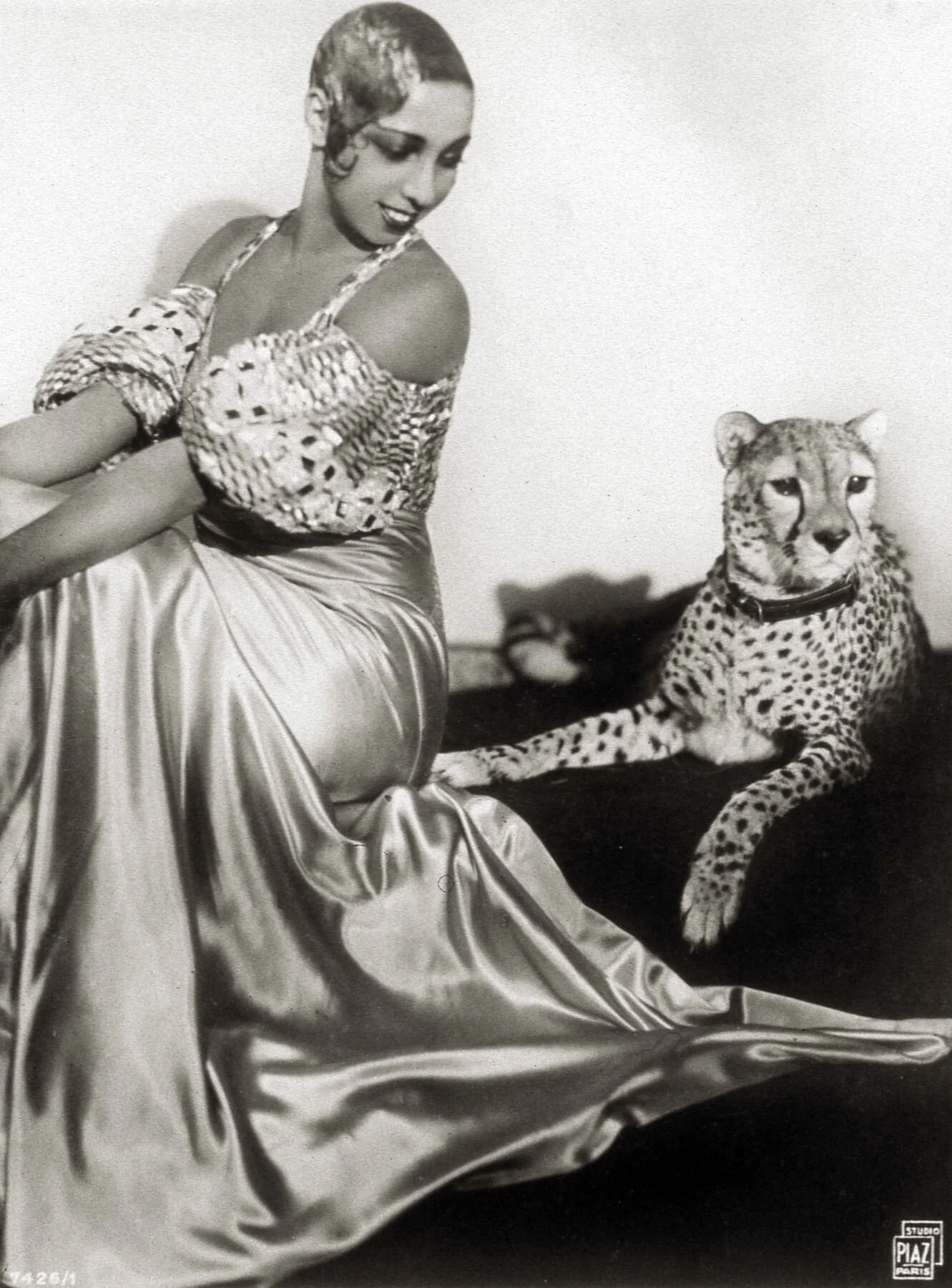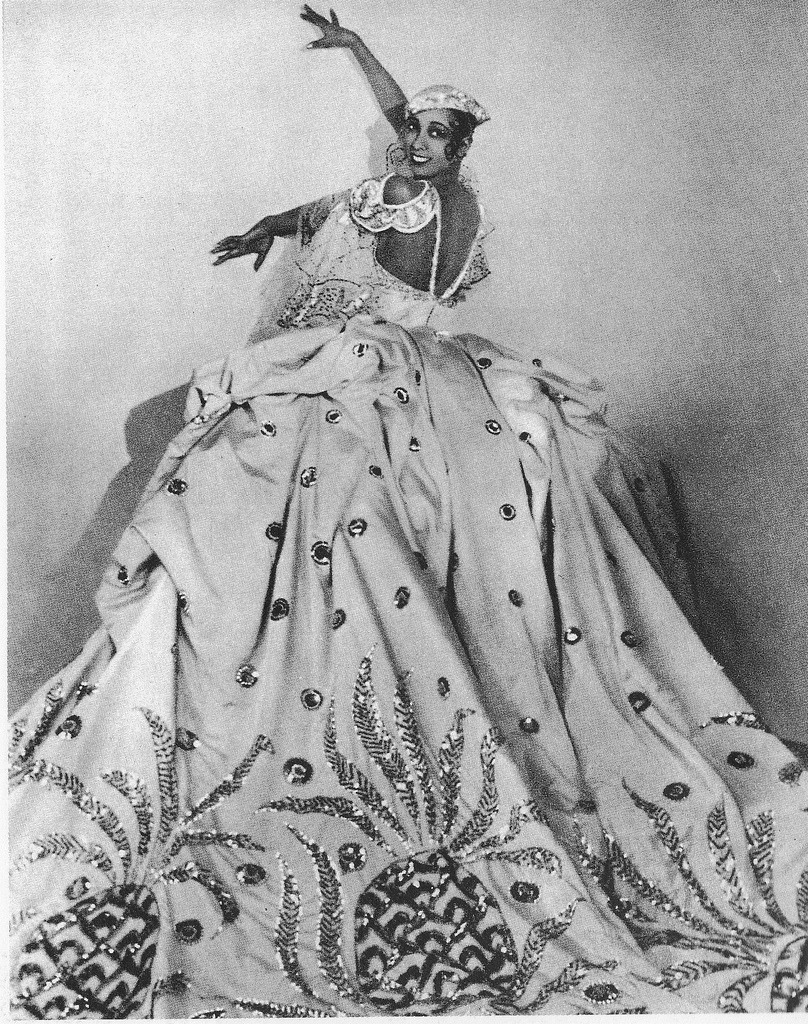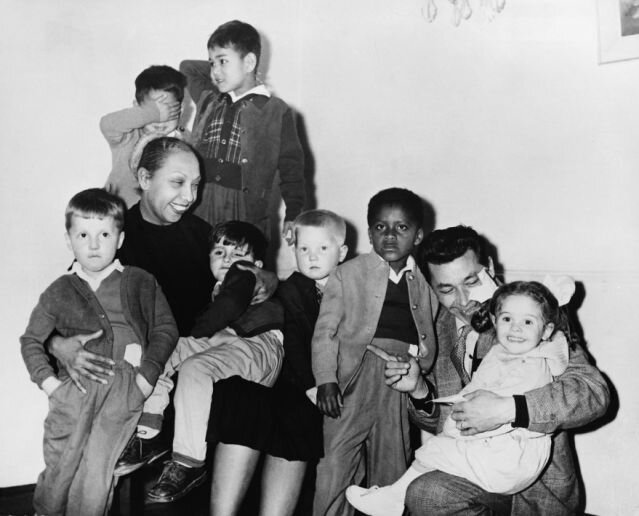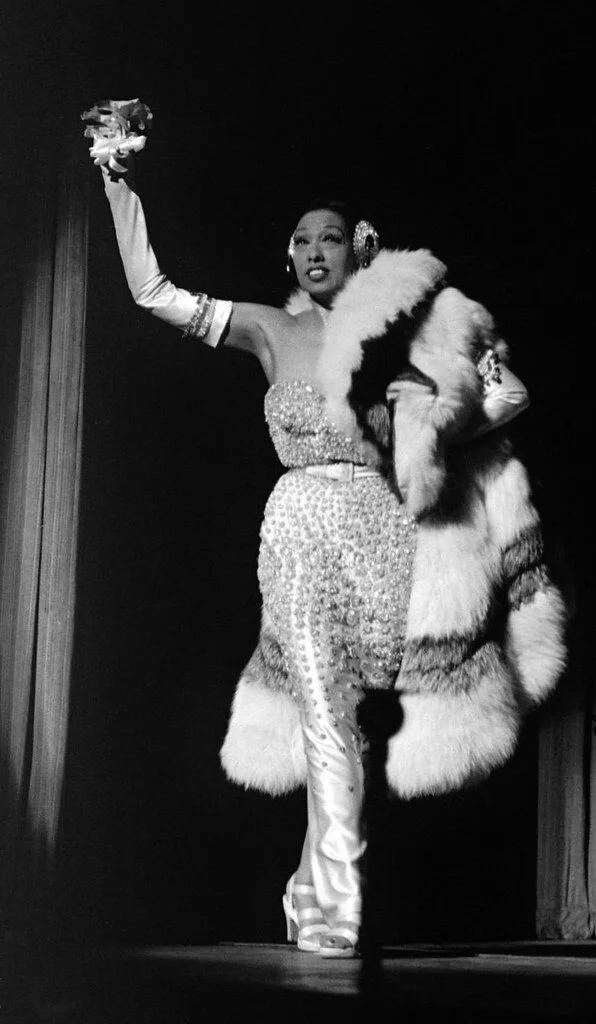Josephine Baker | Part Two
French dancer 💃🏽 Entertainer 👯♀️ Civil Rights activist ✊🏽 World War II spy 🕵️
In part one we learnt about Baker’s early life and iconic entertainment work.
During World War II, Baker not only performed for troops, but worked as a correspondent for the French resistance during Nazi Germany’s occupation. She would sneak secret messages, written in invisible ink on her sheet music, to resistance fighters.
She was later awarded the Medal of the Resistance with Rosette and named a Chevalier of the Legion of Honour by the French government for her efforts during the war.
Josephine returned to the United States in the 1950’s with a no tolerance attitude towards the racism and segregation that plagued the country at the time.
Baker refused to play venues that denied entry to black audiences or segregated the crowds, often forcing club owners to integrate the audiences so that she would perform. She even engaged in a head-on media battle with pro-segregation columnist Walter Winchell. In 1968, after the death of Dr Martin Luther King Jr, Baker was offered the role as the unofficial leader of the civil rights movement by King’s wife Coretta. Baker declined due to concern for the safety of her family.
At the March on Washington for Jobs and Freedom in 1963, Baker was the sole female speaker to deliver an address alongside Martin Luther King Jr.
“I have walked into the palaces of kings and queens and into the houses of presidents... But I could not walk into a hotel in America and get a cup of coffee, and that made me mad.”
Josephine Baker
In 1968, after the death of Dr Martin Luther King Jr, Baker was offered the role as the unofficial leader of the civil rights movement by King’s wife Coretta. Baker declined due to concern for the safety of her family.
Bakers unyielding compassion extended beyond the civil rights movement and into child welfare. She adopted and fostered 13 children and formed what she called the “rainbow family”, to show that “children of different ethnicities and religions could still be brothers.”
Baker would continue to perform on stage throughout her life, making her last appearance on stage in 1975 at the Bobino Theatre in Paris. A sold-out show, the audience included celebrities such as Princess Grace of Monaco and Sophia Loren, all there to see 68-year-old Josephine perform a medley of routines from her 50-year career. She received a standing ovation at the end of her performance.
Unfortunately, Josephine would die from a cerebral haemorrhage only days later on April 12.
More than 20,000 people crowded the streets of Paris to watch the funeral procession on its way to the Church of the Madeleine. The French government honoured Josephine with a 21-gun salute, making her the first American woman buried in France with military honours.
Josephine Baker embodied the 1920s avant-garde movements.
Her leverage of this success into activism lamented her as a humanist icon and a world-wide inspiration. Many black dancers and artists have followed in the footsteps of this legendary woman.


